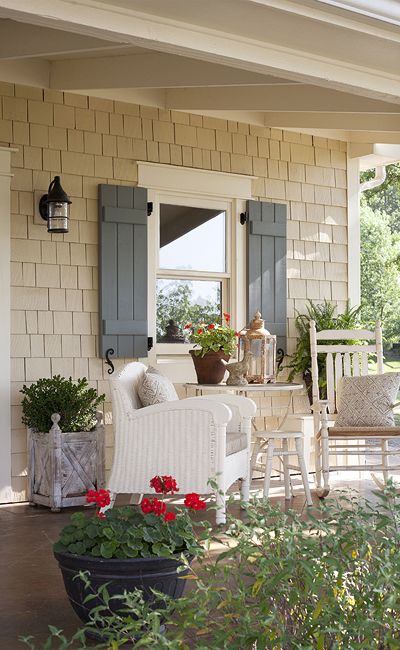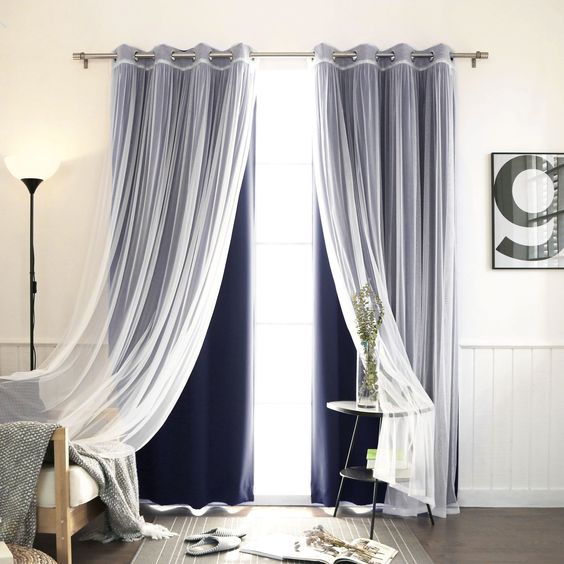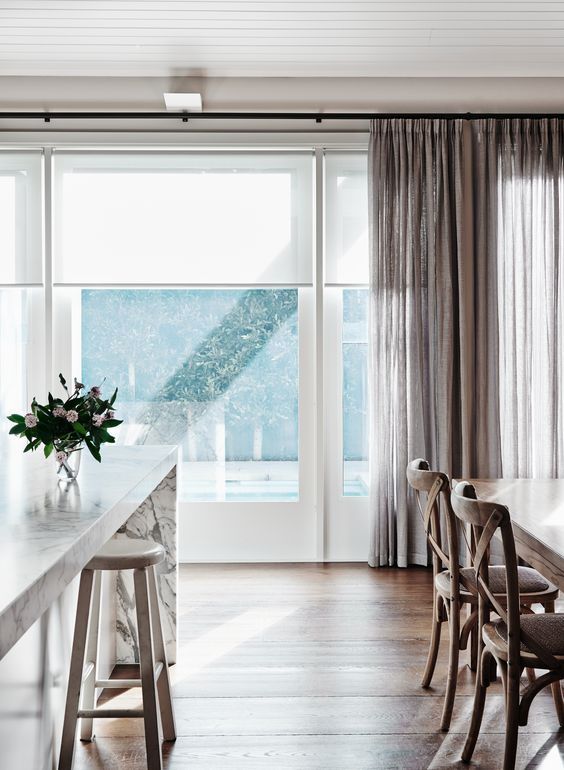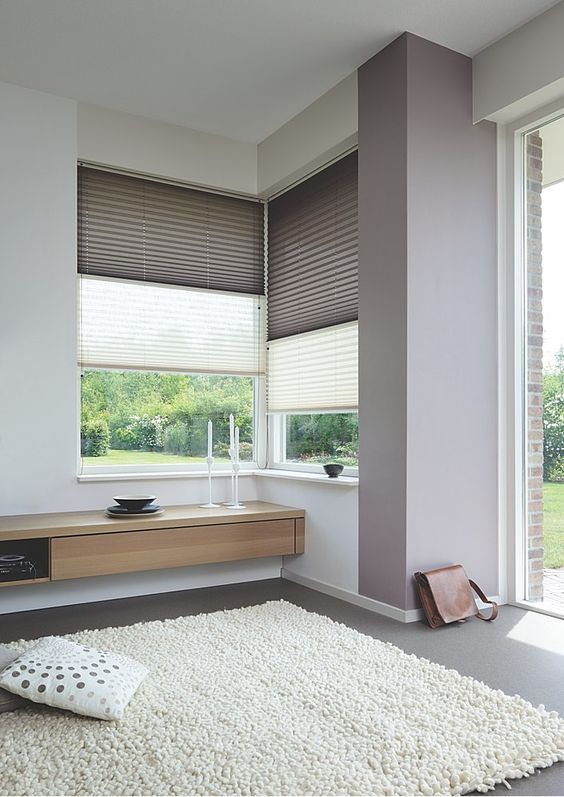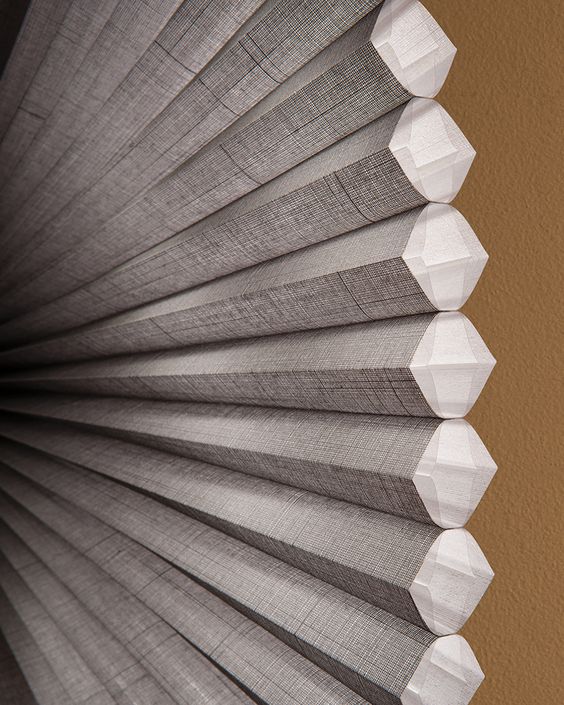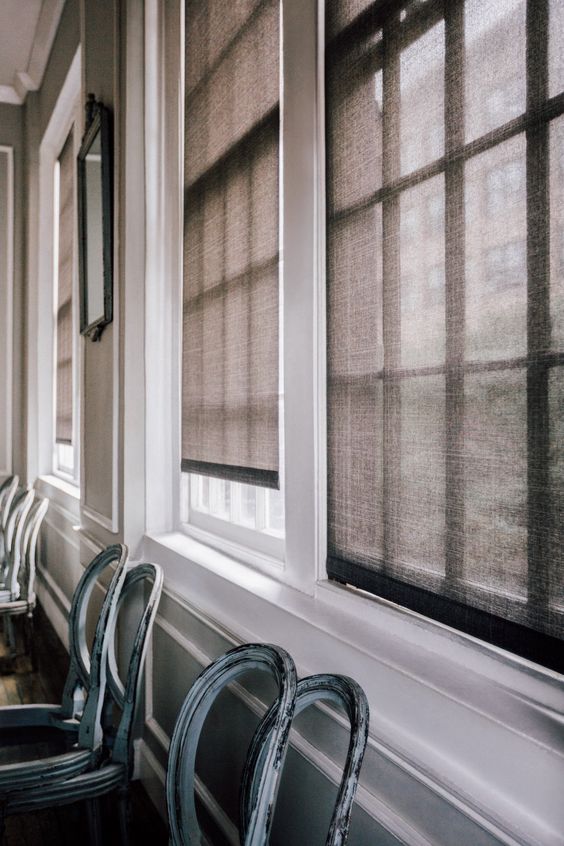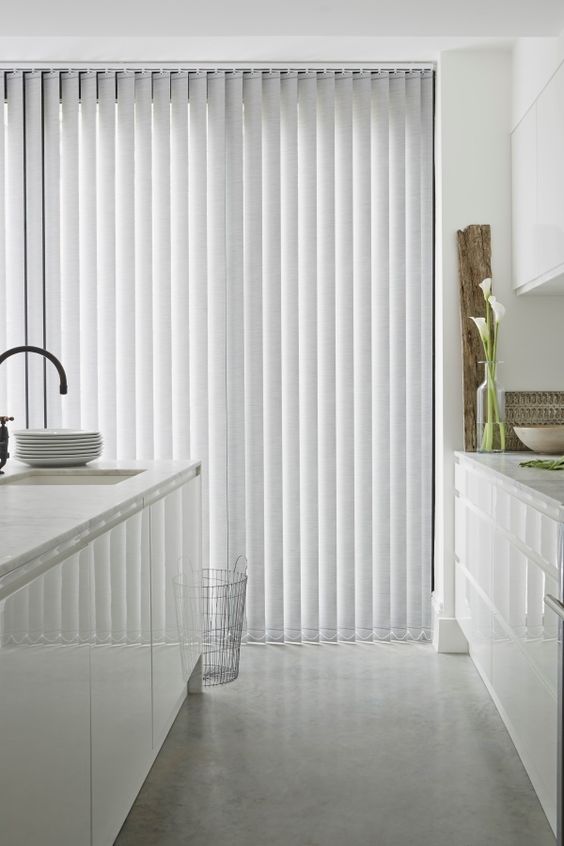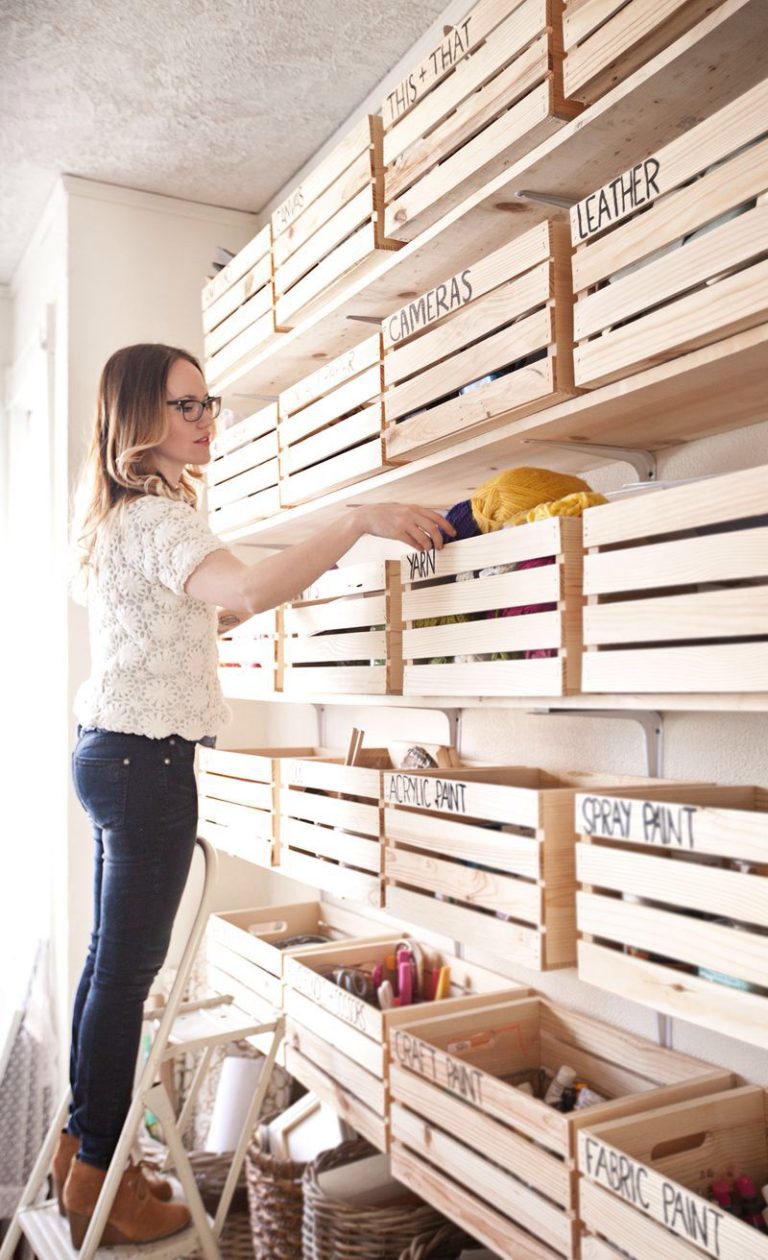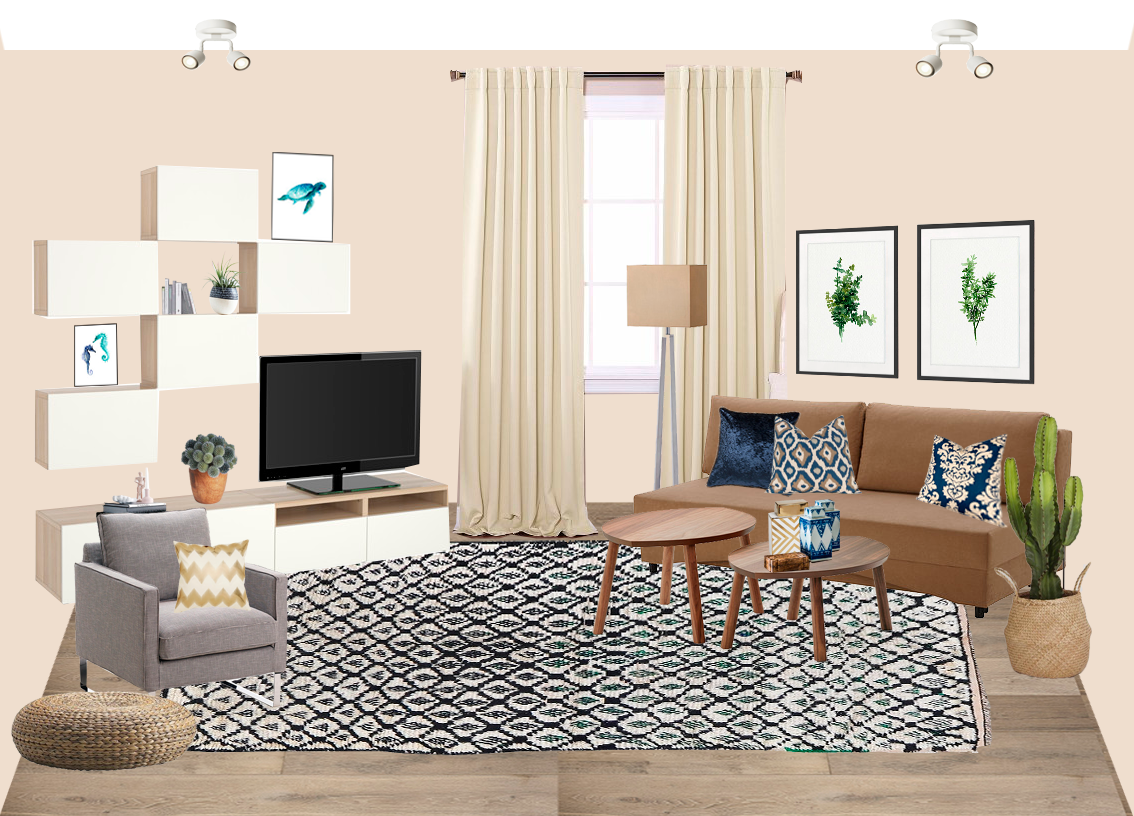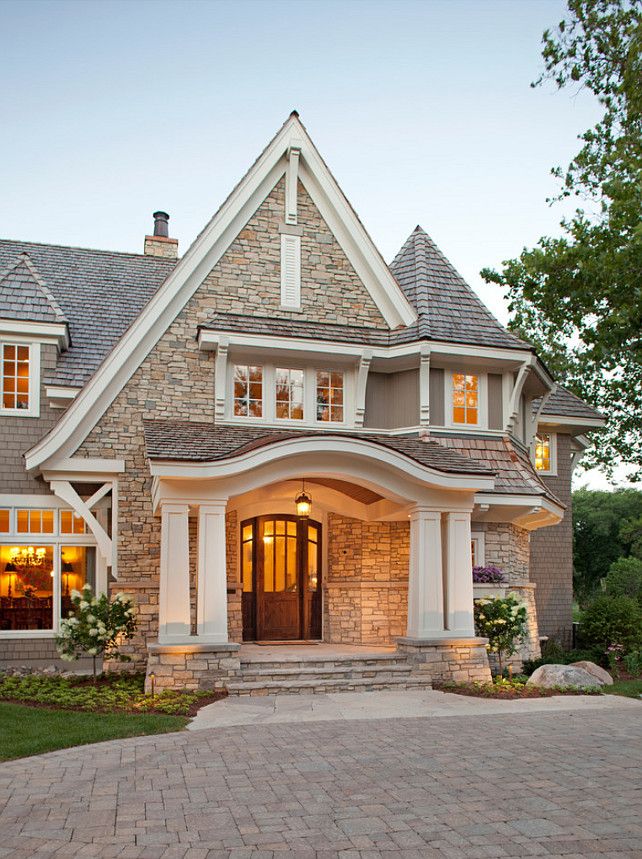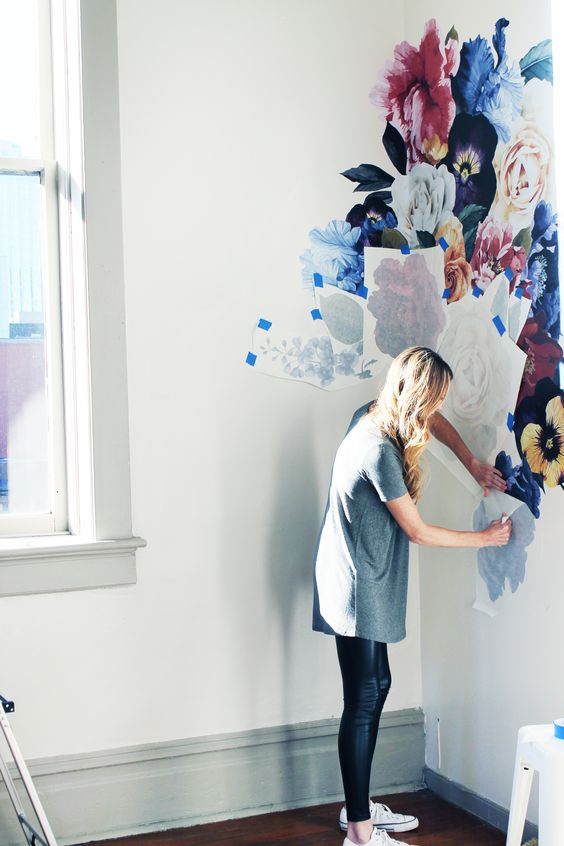Just Window Shopping: Choosing the Best Window Treatment for Your Home
There are a variety of things you can do to make your home truly your own, and one of the most obvious and straightforward is choosing your window treatment. Every home needs windows, but do you want curtains or blackout blinds or motorized shades? Are you looking to keep the heat out during the summer, or keep it in during the winter – or both? Do you want to block out the brightness of the sun during your baby’s nap time, or create a cozy bedroom hideaway, or have a truly dark home entertainment hub for guests? Do motorized solar shades appeal to you, or are you more into shutters that block everything out? Answering these questions can help to guide you towards an optimal purchase that will give you the options you desire at a price that won’t break the bank.
Curtains
Depending on your needs, each type of window treatment has advantages and disadvantages, as outlined below. They come in two main categories: curtains and shades. First, we’ll have a look at curtains.
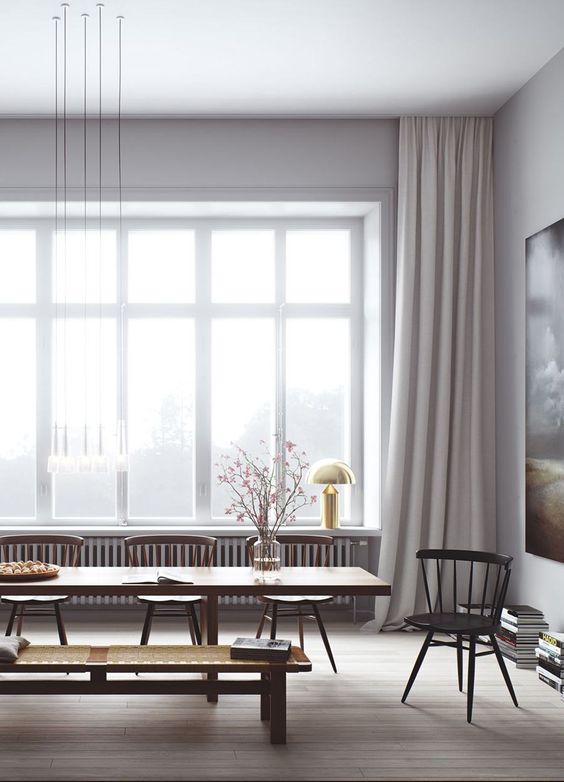
- Panels look great on large windows and French or sliding glass doors. They’re ideal for bedrooms, living rooms and dining rooms, and are a tried-and-true, elegant solution. Panel curtains can really change the mood of a room, so select your colour and pattern carefully.

- Thermal and blackout curtains combine function and style, and are designed to block light and aid in the quest for energy efficiency. They can be used to warm a space when it’s cold, or keep the heat out when it’s not – and they’re great for the kids’ naptime (or adults’ naptime, for that matter).
- Sheers are light and airy and let a little light through. Depending on your needs, they can be paired with heavier drapes to control the amount of privacy your room has and how much light you need.
- Tiers cover the bottom third or so of small windows, and work as an effective accent piece for a country or traditional look. They’re ideal for kitchens and bathrooms, as well as kids’ bedrooms.
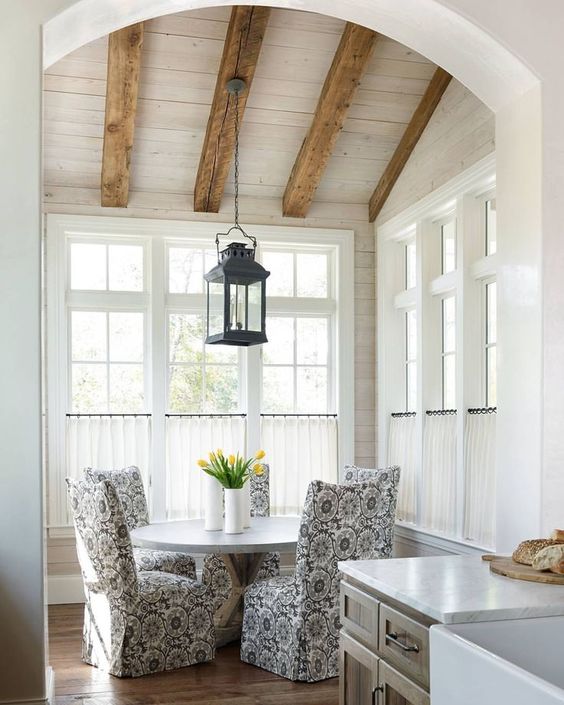
Shades
Shades are another popular choice, depending on your particular needs.
- Pleated shades are made from a single piece of fabric that consists of pleats for ease of drawing up. Lighter colours will let more light in, whereas darker colours will give you increased privacy.
- Cellular or honeycomb shades trap air in little pockets between the front and back panels, providing great insulation in both summer and winter.
- Solar shades (or roller shades) are designed to block the sun and reduce glare. They’re also very easy to clean, which is helpful for maintenance.
- Roman shades have either single or multiple folds, and can be made from light-blocking heavier fabrics or airier materials. They look great, but consider how much light blocking power you need if you choose them. Like solar shades, they’re easy to clean.
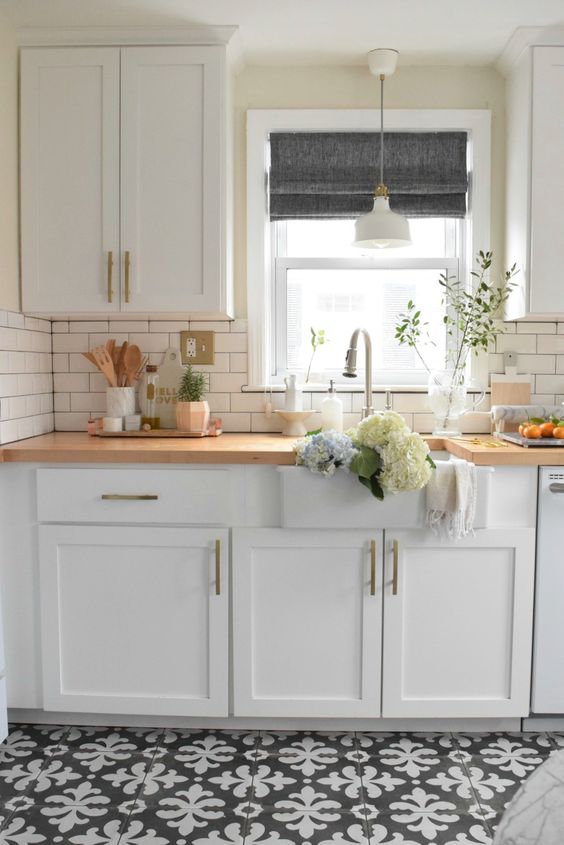
Blinds
The difference between shades and window blinds is that blinds have slats, while shades do not; shades also don’t always block out light completely, and blinds can be made from a wider variety of materials than shades.
- Wood and faux wood blinds can look great, and can give the room a heavy feel. Faux wood blinds are also a little cheaper and easier to look after, so consider this option if you don’t want to spend too much.
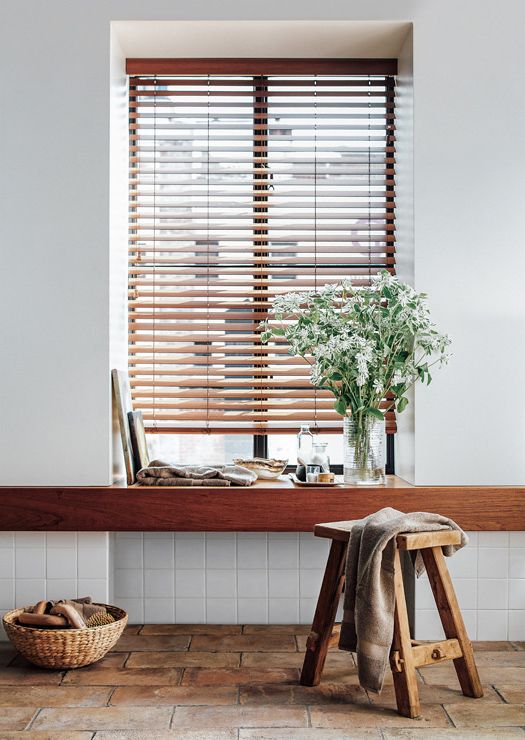
- Vertical blinds are often used on dress or patio doors, and are available in vinyl and fabric materials. They’re great at blocking light, if you get some in darker colours.
- Mini-blinds are great at blocking light and giving you privacy, but they don’t look great. Still, they’re inexpensive and come in both vinyl and aluminum.
Shutters
Finally, shutters are a classic choice that can last a long time – up to 20 years, so invest in these if you’re planning on staying for the long haul. Shutters can be both interior and exterior, and exterior shutters are great for blocking the sun.
- Plantation shutters have wide slats and are perfect for bathrooms, as they let in quite a bit of light but still allow privacy. They can be hung singly or doubly depending on how much of the window you want covered.
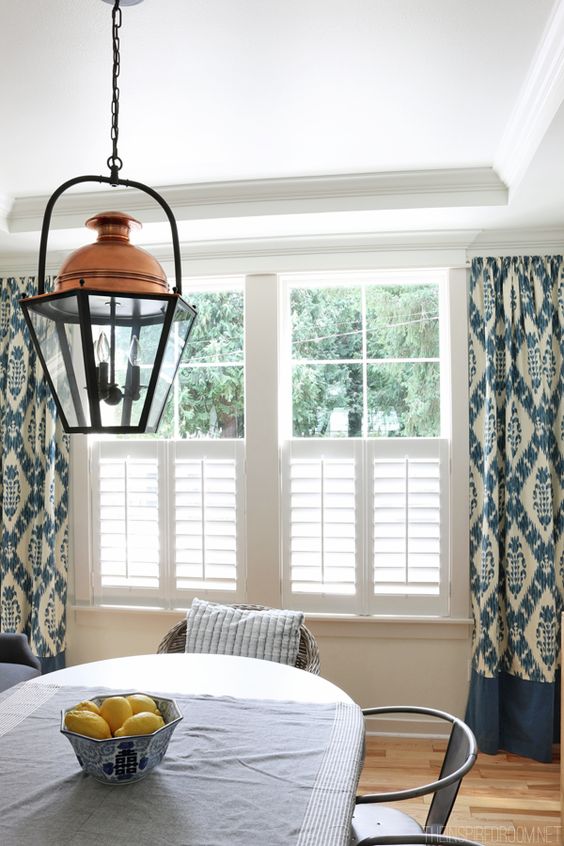
- Café style shutters generally cover the bottom half of a window, around the height of a table. They’re perfect for blocking outdoor views you don’t want to see while still letting light in, and they tend to work well in kitchens and dining rooms.
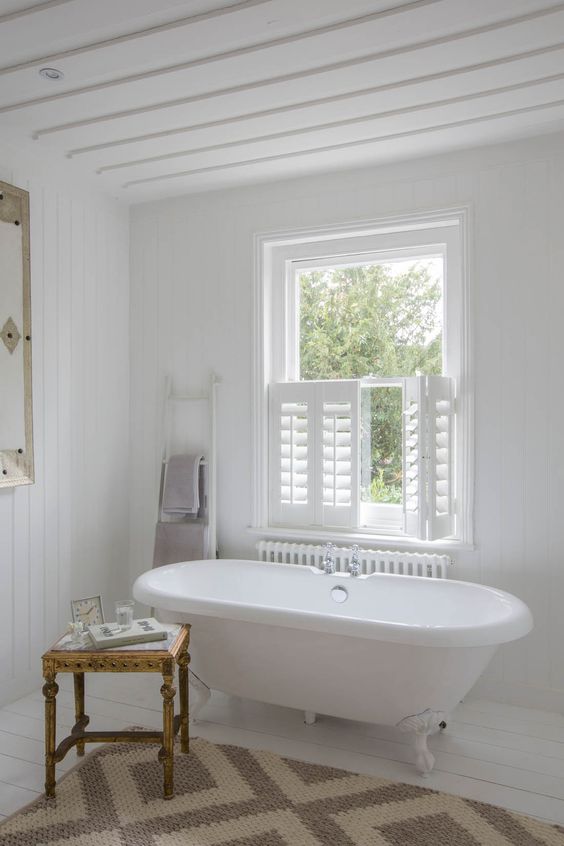
- Shaker style shutters are what most people think of when they hear the word ‘shutters’ – big panels that completely close off a window and provide protection from light, storms, and give you all the privacy you could ever need.
